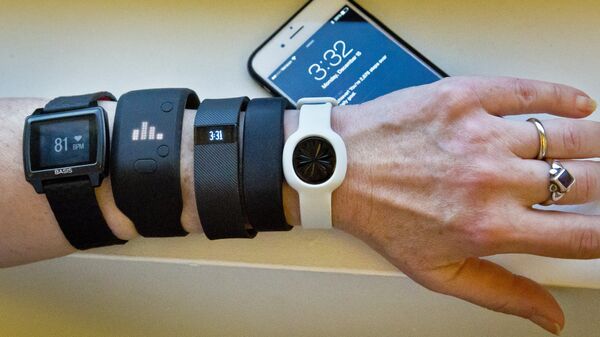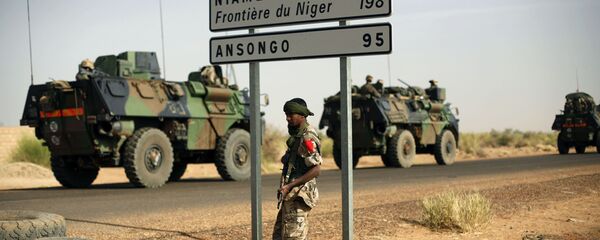Earlier in the day, The Washington Post newspaper reported that an online map, showing location of people using fitness devices, also displayed sensitive military information on the US military bases and personnel locations by showing active use of such devices on these sites, particularly in conflict areas, such as Iraq and Syria.
The DoD personnel undergo annual training recommending limiting online public profiles, including personal social media pages, Harris added.
"Furthermore, operational security requirements provide further guidance for military personnel supporting operations around the world," the spokeswoman noted.
Global Heatmap, created by Strava platform for athletic activity via satellite navigation, was revealed in November. The map shows activities of users of fitness devices and Strava’s mobile application over the past two years, however it is not interactive.
While the map depicts high levels of athletic activity in Europe and the United States, where people use such devices and apps a lot, as blazes of light, it is almost absolutely dark in countries, where military conflicts are ongoing, such as Iraq and Syria.
Locations and outlines of known US military bases and other potentially sensitive sites become visible on the map in such areas because US soldiers and other personnel use fitness trackers unlike other residents of these regions, the newspaper noted.
The data revealed by the map came into the spotlight after Austrian student Nathan Ruser, studying international security and the Middle East, wondered if it was showing US soldiers. Ruser zoomed in on Syria and found out that fitness trackers were actively used there.
After Ruser shared his discovery on Twitter, analysts and experts joined him in examining the map, determining locations of a number of US military objects, particularly a Patriot missile system site in Yemen.




